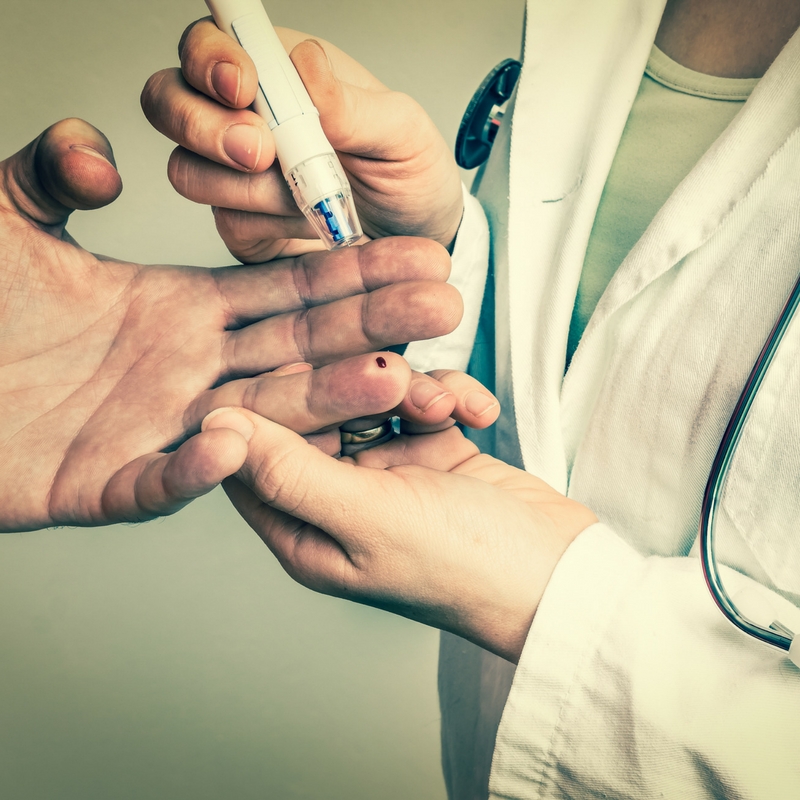WHY IS MY BLOOD GLUCOSE HIGH IN THE MORNING EVEN WHEN I GO TO BED IN RANGE?
Are you are waking up to high blood glucose levels, even though you went to bed in target?
Worried you might be going hypo in the night?
Do you increase or reduce background insulin?
Is it Dawn Phenomenon or Somogyi Phenomenon?
Here are three simple steps to know if it’s dawn phenomenon or Somogyi phenomenon:
- Have last meal at 6 pm and make it a normal meal not too high in fat.
- Ensure BG is on target before bed -after 10 pm -with no supper or bolus insulin.
- Test BG at 3 am and waking.
If your blood glucose rises overnight from 3 am to waking with no hypo, it’s dawn phenomenon (I will discuss Somogyi shortly). – If you have CGM this is easy to see.
Check this two to three times to confirm it’s not a one-off.
Take your records to your medical team so that you can show you have confirmed it BEFORE your appointment, otherwise they will ask you to go away and do this. This will save you 6 months waiting time.

WHAT IS DAWN PHENOMENON?
Dawn phenomenon is caused by a big stress hormone splurge from 3 am to 8 am. This splurge causes the liver to pump out more glucose and your cells to become insulin resistant.
The result is a high overnight/early hours glucose level, even though you went to bed with a target level.
If you have proved it’s Dawn Phenomenon, here are a few important factors to consider…
If you keep increasing your Lantus, Tresiba or any other long-acting 24-36 hour insulin, you will get in target morning glucose levels.
However,
- You will be at major risk of hypos during the day (too high background dose).
- You will gain fat like lightning and struggle to lose it, because too much insulin around all day keeps fat burning low, and storage high.
- Your glucose will drop rapidly when you exercise, leading to consumption of many extra carbs to train, not ideal for a shredding phase of training.
Unfortunately increasing the Lantus/Tresiba/long-acting is what a lot of medical teams suggest – QUESTION THIS DOGMA!
Here are some tried and tested options to discuss with your medical team.
If so potential solutions could entail…
- Insulin Pump: This allows a higher basal rate during the night; that is if you can access a pump in your country, and you do not mind being attached to a pump. You will have a higher hourly basal rate from 2-6am – this works very well.
- Resorting to an older insulin such as Insulatard (an NPH insulin) for background insulin overnight. It peaks 4-8hrs after administration. So if given at 10 pm, it peaks at 2-6am – to combat dawn phenomenon. Then have another dose of insulatard in the morning or a Levimer for background for the day.
- Setting an alarm for 3 am every day and bolus quick acting insulin to combat the rise. Start with a small dose and build up until you have it sorted; not a solution for life, but maybe a solution for the short-term until you get options 1 or 2 sorted.
All valid suggestions with pros and cons. Speak to your medical team to discuss options

WHAT ABOUT SOMOGYI PHENOMENON?
If you take a hypo at 3 am during your three steps, it maybe Somogyi. You will need to confirm this with CGM.
Why?
Because if you test BG at 3 am and it’s low – what are you going to do? Have glucose and maybe stuff your face in the fridge! So this will nullify any identification of Somogyi.
Somogyi Phenomenon is very RARE, as shown in the review below, and CGM case studies. A lot of people THINK they have it, but CGM almost always proves it as Dawn Phenomenon – But you’re maybe the exception!
CGM diagnostic studies have failed to find any instances of…
- Somogyi.https://www.ncbi.nlm.nih.gov/m/pubmed/17652003/
- Review: https://emedicine.medscape.com/article/125432-overview#a4
If you are one of these very rare people with Somogyi Phenomenon, and you have definitely confirmed it with CGM – then the therapy change is a reduction in overnight basal insulin. There is a ton more of useful information just like this inside the Diabetic Muscle and Fitness Training Lab.
CHECK OUT WHAT PEOPLE ARE SAYING ABOUT THE TRAINING LAB?
References
- Nocturnal hypoglycaemias in type 1 diabetic patients: what can we learn with continuous glucose monitoring? Guillod L, et al. Diabetes Metab. 2007.
- Somogyi Phenomenon Lit Review – https://emedicine.medscape.com/article/125432-overview#a4


